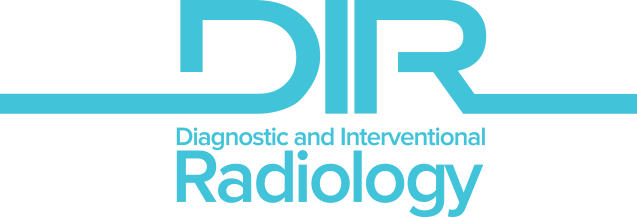ABSTRACT
PURPOSE
The aim of this prospective study was to assess the diagnostic benefit of taking a kidney-ureter-bladder (KUB) radiograph in an upright position during routine intravenous urography (IVU).
MATERIALS AND METHODS
Between February 2005 and September 2007, 170 consecutive patients were included in the study. A basal IVU exam consisted of pre-contrast supine KUB, post-contrast supine KUB at the 7th and 15th minutes, and supine pelvic radiographs with full bladder and post-voiding. When needed, additional compression and/or oblique radiographs were taken. In this study, for all patients, a post-contrast 15th minute upright KUB radiograph was added to IVU. Two consecutive radiographs taken at the 15th minute postcontrast in supine and upright positions were evaluated by consensus of 2 radiologists. Primary benefits were improved filling and emptying of the collecting system, and secondary benefits were nephroptosis and ascertaining diagnosis of phlebolith.
RESULTS
Of 170 patients, 337 kidneys and collecting systems (n = 168 right; n = 169 left) were examined. Improved filling, emptying of the collecting system, nephroptosis, ascertaining diagnosis of phleboliths were detected with the rates of 12.5%, 44.2%, 8.3%, and 3.2%, respectively. Improved filling was significant in the presence of hydronephrosis (P < 0.05) and ureterolithiasis (P < 0.05) on both sides. There was a positive correlation between both improved filling and presence of hydronephrosis, and improved filling and presence of ureterolithiasis. Emptying was significant in collecting systems that had no visible pathology on IVU (P < 0.05) on either side.
CONCLUSION
Upright KUB radiographs provide supplementary data about urine flow in terms of improved filling and emptying of the collecting system.



